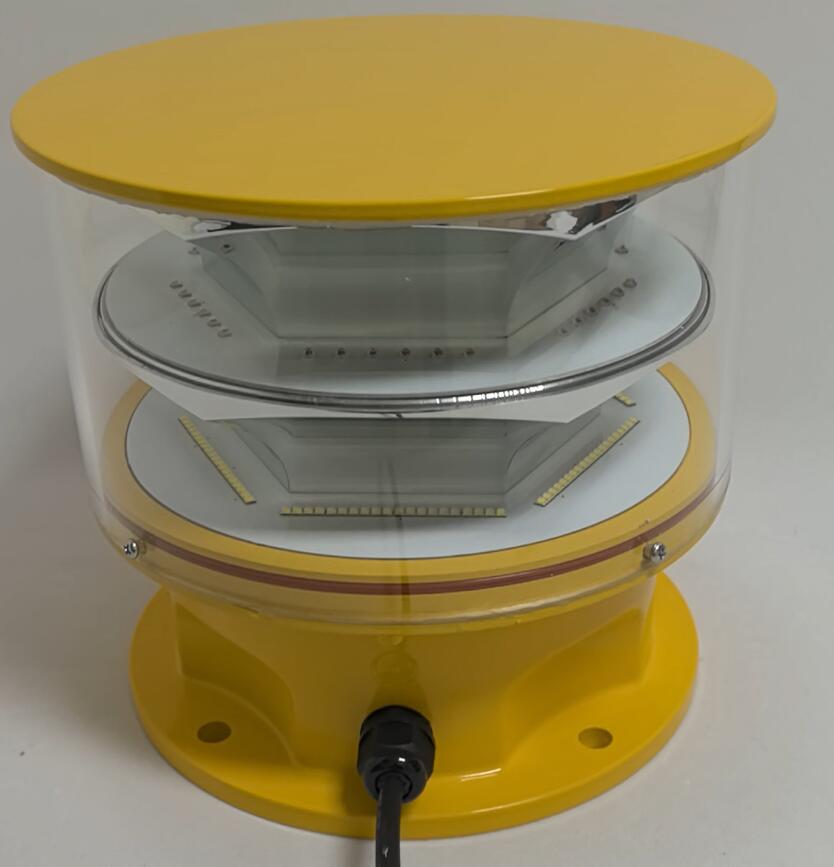
In the realm of aviation, safety remains the foremost priority, and aviation warnings serve as vital tools in maintaining secure operations. These warnings provide critical information to pilots, air traffic controllers, and airport personnel, ensuring timely responses to potential hazards. From weather disturbances to airspace restrictions, aviation warnings encompass a wide range of critical alerts. This article explores their significance, types, and the technologies that enhance their accuracy.
The Role of Aviation Warnings
Aviation warnings are essential for preventing accidents and minimizing risks in flight operations. They act as a communication bridge between various stakeholders in the aviation ecosystem. By relaying essential details about threats or changes in conditions, these warnings empower decision-makers to adapt promptly. Pilots rely on such information to adjust routes, altitudes, or speeds, while air traffic controllers use warnings to manage aircraft movements safely and efficiently.

Types of Aviation Warnings
Aviation warnings are categorized based on the nature of the potential threat. Some of the most common types include:
Weather Warnings
Weather is one of the most unpredictable factors in aviation. Thunderstorms, turbulence, icing conditions, and volcanic ash clouds can jeopardize flight safety. Meteorological services issue warnings to inform crews about hazardous conditions in advance, enabling them to take precautionary measures.
|
Aviation Warnings |
fcvb |
Airspace Warnings
These alerts notify pilots about restricted or prohibited airspaces, such as military zones, temporary flight restrictions (TFRs), or areas with active drone activity. Unauthorized entry into such spaces can lead to severe consequences, including safety risks and legal penalties.
Runway and Taxiway Conditions
Runway incursions, poor lighting, and slippery surfaces can cause accidents during takeoff and landing. Aviation warnings related to airport conditions help crews prepare for safe ground operations.
Equipment and System Malfunctions
Alerts about technical failures in navigational aids or other infrastructure ensure pilots are aware of any limitations in operational systems. This allows for adjustments in flight planning or alternate procedures.
Aviation Warnings and Modern Technology
The accuracy and timeliness of aviation warnings have significantly improved with advancements in technology. Satellite systems, automated weather monitoring tools, and real-time data transmission ensure that warnings are not only precise but also delivered swiftly. For instance, the implementation of Automatic Dependent Surveillance-Broadcast (ADS-B) technology enables continuous aircraft tracking, enhancing situational awareness and communication.
Similarly, the integration of Artificial Intelligence (AI) in aviation systems has revolutionized hazard detection and warning dissemination. AI algorithms can analyze vast datasets to predict weather patterns, identify potential equipment failures, or detect unusual airspace activity, all contributing to better risk management.
Challenges in Aviation Warnings
Despite technological advancements, challenges remain in ensuring that aviation warnings are consistently reliable and actionable. Variability in weather forecasts, delayed communication, or insufficient training on interpreting warnings can lead to misjudgments. Moreover, the increasing complexity of air traffic demands seamless coordination among multiple agencies and systems to prevent information overload.
The Future of Aviation Warnings
As the aviation industry evolves, so too will the methods of delivering warnings. Emerging technologies such as quantum computing and machine learning hold the promise of even more accurate predictions and quicker response times. Furthermore, the development of integrated communication platforms could streamline the distribution of warnings, making them universally accessible and easier to interpret.
Aviation warnings are indispensable in ensuring the safety of flight operations. By addressing diverse threats—from weather disturbances to technical failures—these alerts provide the foundation for informed decision-making. While challenges persist, continuous technological innovation promises a safer future for the aviation industry. In navigating the skies, aviation warnings remain a critical component, safeguarding both passengers and crew across the globe.